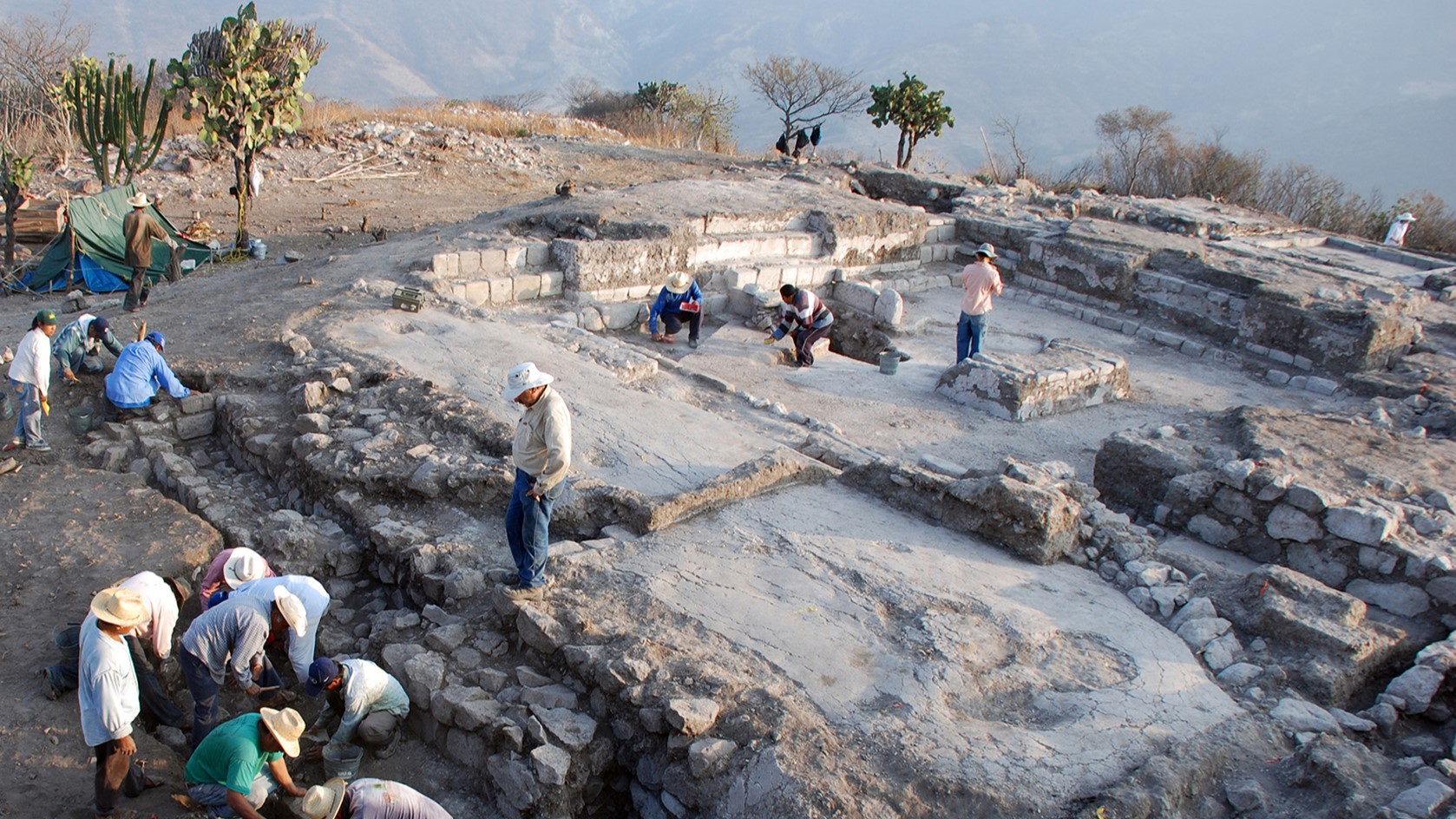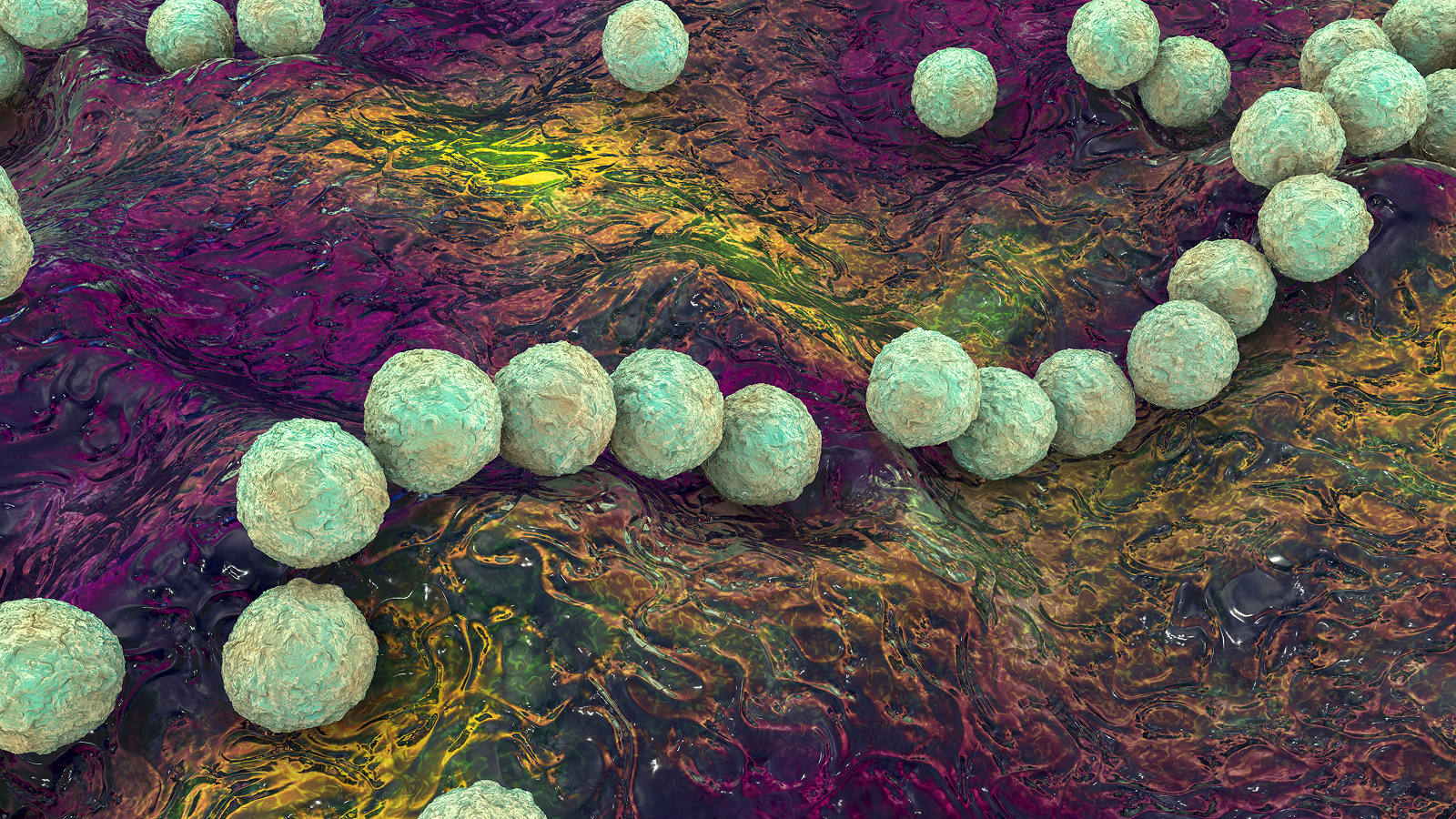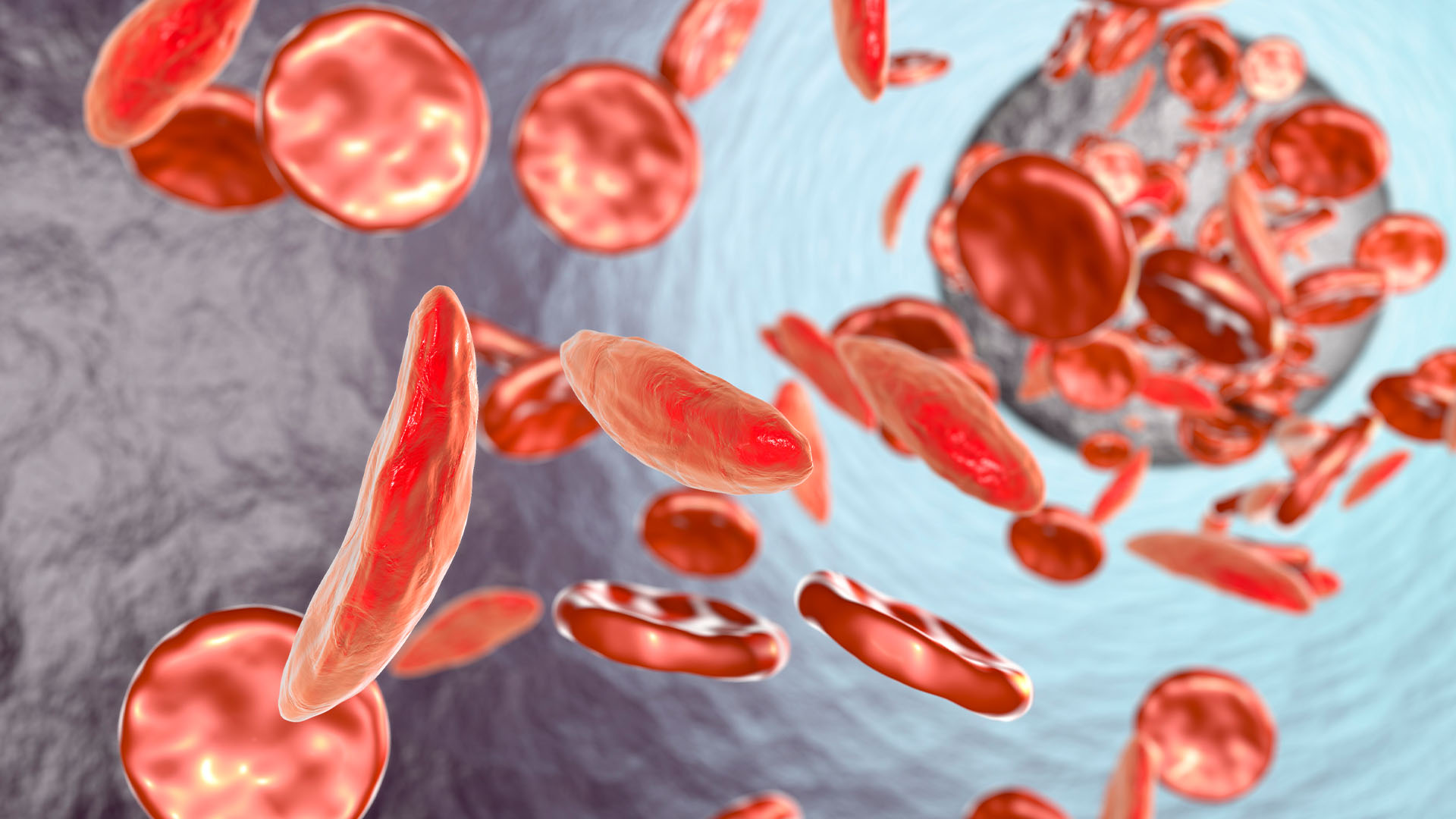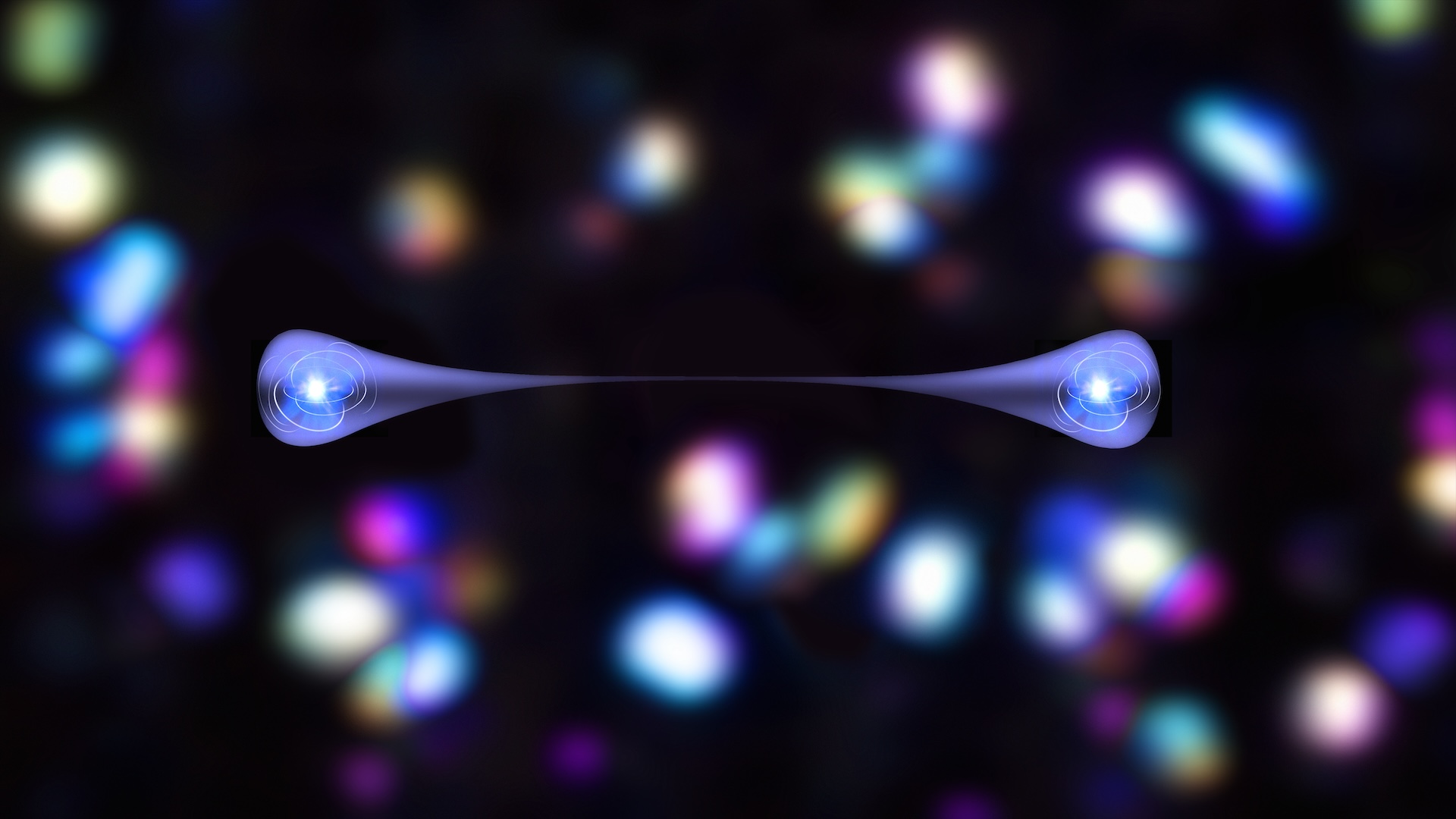
Catching Hyenas on Camera (Op-Ed)
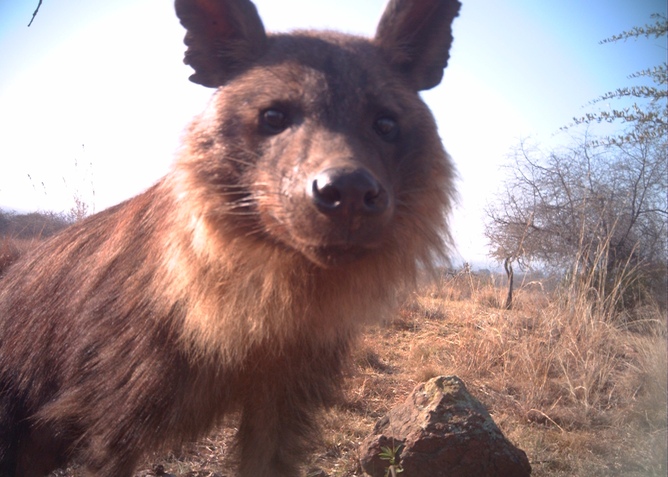
This article was originally published at The Conversation. The publication contributed the article to Live Science's Expert Voices: Op-Ed & Insights.
I spent a few years in South Africa searching for the elusive brown hyaena. The aim of the study was to assess the differences in the distribution and abundance of brown hyaena between protected and unprotected farmland areas in South Africa.
The driving force behind the project designed by researchers at Nottingham Trent University was the unprecedented rate of declining global biodiversity caused by an increasing human population. Many medium- to large-sized carnivores have come into direct conflict with humans, leading to localised extinctions.

Under threat
One species that is implicated in human wildlife conflict is the brown hyaena (Parahyaena brunnea). Brown hyaenas are classified as “Near Threatened”, with an estimated 2,500 free ranging animals remaining in South Africa. The International Union for Conservation of Nature suggests that brown hyaenas are under threat from human persecution and habitat loss, and that a greater understanding of its distribution and abundance is needed throughout its geographic range.
The brown hyaena is a solitary and nocturnal carnivore that lives in clans and forages alone often over large distances. It is predominantly a scavenger and only an opportunistic ineffective hunter. However, farmers perceived the brown hyaena to be a livestock killer.

This misconception has lead to the indiscriminate and unjustified persecution of the species. The scavenging brown hyaenas provide an ecosystem service by cleaning up the carcasses as they eat everything including the skin and bones. These factors mean that of all South Africa’s large carnivores, it has the ecological attributes to allow co-existence with humans within the unprotected farmlands.
My project was tasked with gathering this abundance data and I set up a study area in the north of the country which incorporated Madikwe Game Reserve and Pilanesberg National Park, South Africa. These two reserves contain the “Big five” – African lion, African elephant, Cape buffalo, African leopard, and White or Black rhinoceros – and are viewed as a safe haven for brown hyaena. Surrounding these two protected areas is unprotected farmland where a mixture of game, livestock and agricultural farming take place and where brown hyaena are persecuted.
Sign up for the Live Science daily newsletter now
Get the world’s most fascinating discoveries delivered straight to your inbox.
Camera traps
To gather information on the abundance of brown hyaena, I turned to camera traps. Wildlife surveys have been greatly enhanced by the development of camera traps. A key factor is the capture, confirmation and monitoring of rare and elusive species particularly when the species is located across large remote areas.

The method doesn’t impact on the environment or the animals and produces little disturbance to the survey area or individual target animals. The benefit is that they not only capture the target species but others animals too, providing valuable information on a range of species with no extra surveying effort.
Cameras can quickly determine the presence and absence of species and in some cases discover new species, such as giant sengi in Tanzania. They have also helped rediscover species thought to be locally extinct or outside their known geographical range.
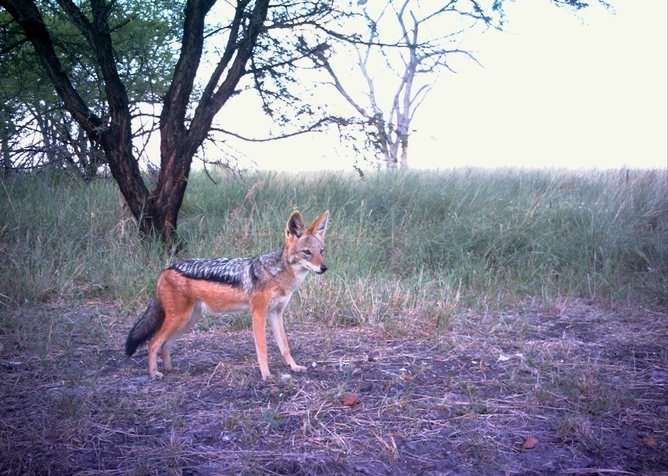
Camera traps are excellent tools that have grown in popularity with conservation ecologists. However, every camera trap needs to be set up, monitored and visited regularly. For me this meant hours of driving on dirt tracks across the farmland and protected areas to reach the designated camera trap sites, come rain or shine.
In the farmland acquiring permission to gain access to private land was critical. I built up relationships with the local community by attending local farmers meetings and agriculture shows. Throughout my project I was living with an Afrikaans farming family who provided me with a lot of help as they introduced me to their friends and fellow farmers.
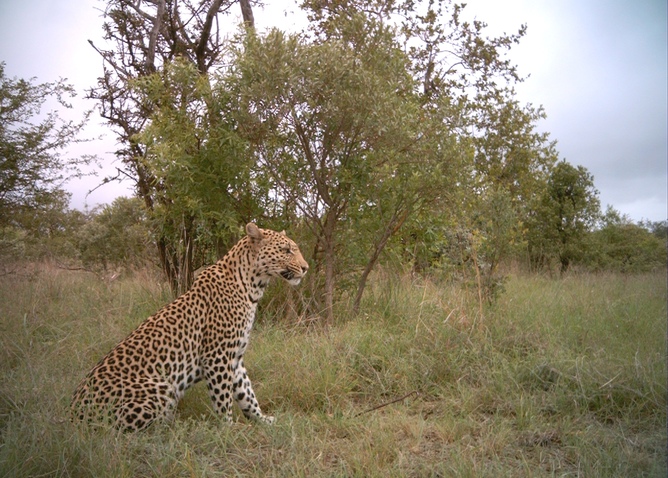
In order to maximise the capture rate I needed to understand my target species. For example, the brown hyaena use roads as territorial boundaries and mark their territory through latrines at road junctions making these ideal sites for placing camera traps.
At the start of the project when I was putting cameras up there was a lot of trial and error involved, which normally ended with many empty photographs of grass moving in the wind. I never lost the excitement and anticipation that came from picking up the memory card from the camera, slotting it into the laptop and then getting to see which animals, if any, had been captured.
Uncovering the secrets
A total of 800 camera trap nights produced nearly 35,000 images, of which 10,000 were made up of carnivores ranging from the large ones, such as lion, leopard, spotted hyaena, brown hyaena, wild dog, to the medium-sized, such as honey badger, jackal, civet, serval, caracal, and the small ones, such as African wild cat, bat eared fox, aardwolf, common genet, slender and banded mongoose.
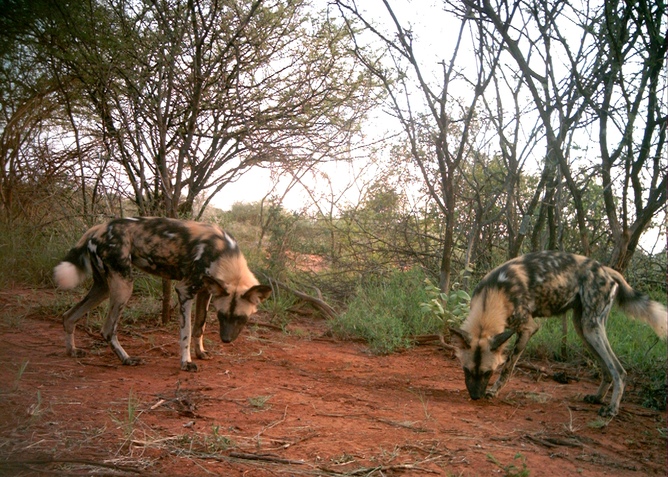
Using remote camera traps, the study found that the relative abundance of brown hyaena was four times lower in farmland areas than in the protected areas. Another significant finding was that small- and medium-sized carnivores showed higher relative abundances in the farmland areas.
Low levels of brown hyaena abundance means that conservation efforts should be focused in the unprotected farmland areas, so that not only brown hyaenas but all carnivores survive and thrive in the long-term.
Next, read this: Scientists at work: the ups and downs of getting grumpy bears to have sex
Louisa Richmond-Coggan does not work for, consult to, own shares in or receive funding from any company or organisation that would benefit from this article, and has no relevant affiliations.
This article was originally published on The Conversation. Read the original article. Follow all of the Expert Voices issues and debates — and become part of the discussion — on Facebook, Twitter and Google +. The views expressed are those of the author and do not necessarily reflect the views of the publisher. This version of the article was originally published on Live Science.

